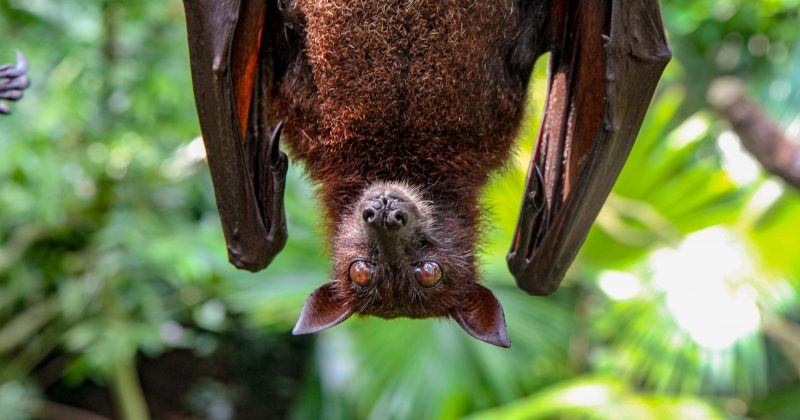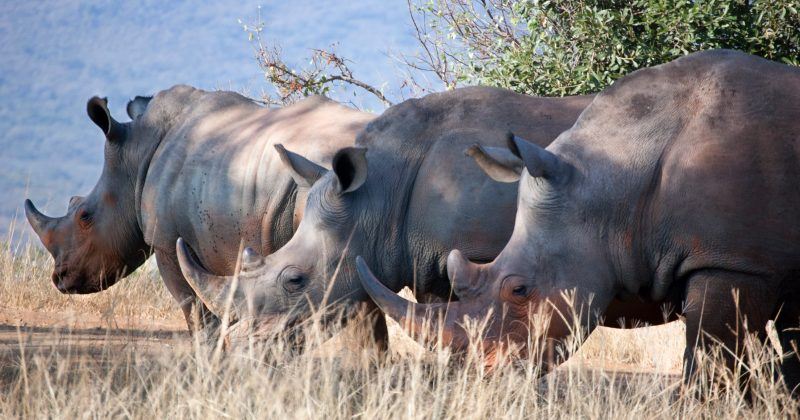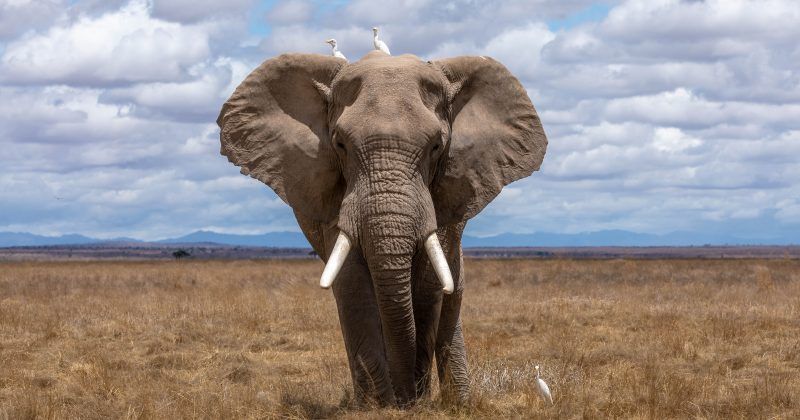
Dogs help to keep you happy and healthy!
Dogs have long been associated with a range of health benefits such as:
Improving your heart health - dog owners have been found to reduce your risk of heart disease.
Improving your physical health - dog owners are recommended to do 2 and a half hours of moderate exercise.
Helping you lose weight as a result of moderate exercise.
Decreasing your stress levels - dogs have been found to help decrease stress hormones in the human body.
Improve your social life as you meet more people through your dog.
Decrease depression - dogs provide great companionships which helps to decrease loneliness and depression.
A new study has recently added increased lifespan to that list!
Researchers at Uppsala University, Sweden [1]carried out a 12 year longitudinal study to investigate dog ownership and lifespan. The study analysed 3.2 million Swedes aged 40-80 years old who had no history of illness.
In Sweden, all dogs must be registered with the Swedish Board of Agriculture and, consequently,...





